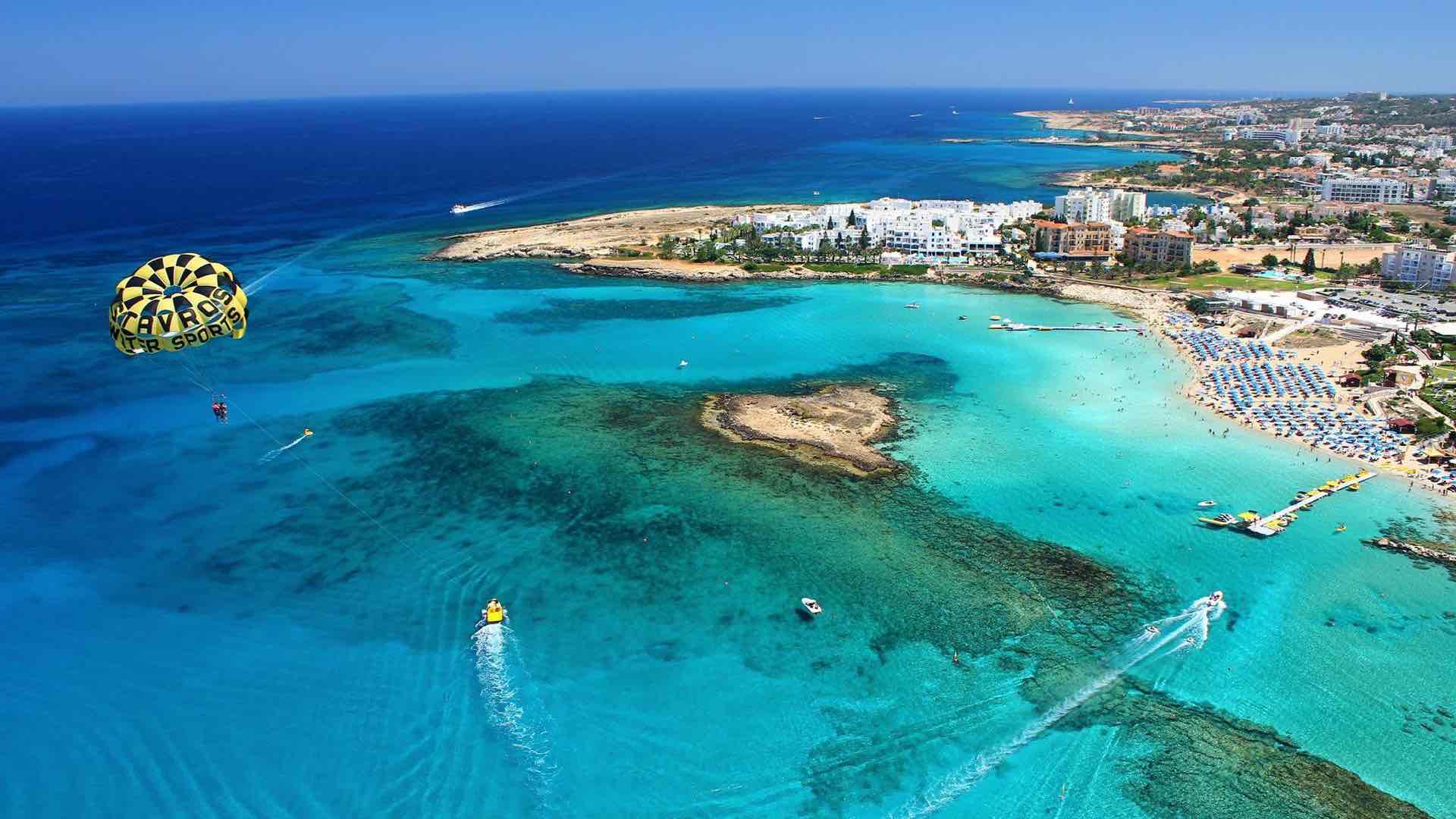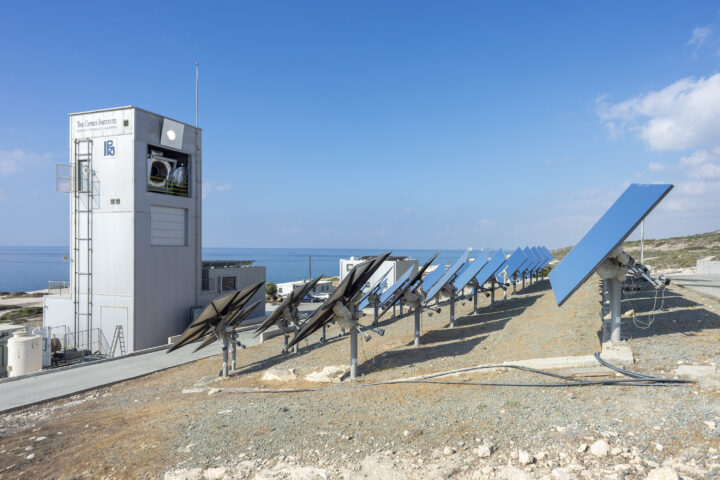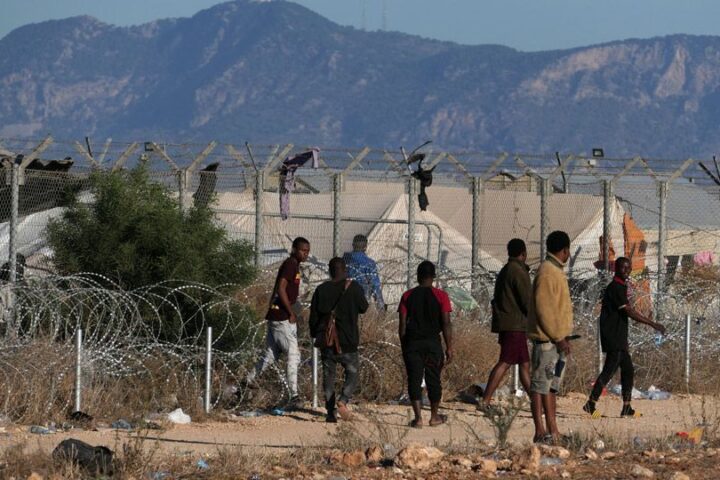Tide gauges in Paralimni recorded a half-metre high tsunami following the devastating earthquakes in Turkey and Syria on 6 February, with claims Cyprus is not ready to tackle bigger waves.
Civil Defence receives warnings in case of danger from certified monitoring centres in the Mediterranean, after which the Geological Survey Department is automatically informed.
In comments to Phileleftheros daily, the head of the Department of Geological Survey, Christodoulos Hadjigeorgiou, confirmed: “From the tide gauge recordings in Paralimni, we found that a tsunami of half a meter high was created on the coastline.”
Hadjigeorgiou explained that there was no real danger from the mini tsunami.
“We received a warning that there was sea level fluctuation in several tide gauges in the eastern Mediterranean which was verified by the measurements.
“We had a small tsunami caused by seismic activity in the region.”
Hadjigeorgiou explained that there would have been a real risk if the earthquake had occurred in the sea area.
“If that were the case, then Cyprus would be confronted with a large and destructive tsunami”.
Based on historical data, the risk of tsunamis is infrequent in Cyprus, but the possibility cannot be ruled out.
Hadjigeorgiou said that the European network sends warnings, which Civil Defense receives in Cyprus.
“The situation is observed and evaluated, and decisions are made.
“If there is a need, the Civil Defence may warn the Search and Rescue Coordination Centre as well as the Port Police to handle it as they see fit and/or issue relevant instructions”.
Hadjigeorgiou said authorities are working on a response plan to emergencies involving tsunamis.
In November 2016, the Cabinet approved the establishment of the Cyprus National Commission for the Tsunami Early Warning System in the Mediterranean and North Atlantic region (NEAMTWS).
“There are approved warning centres in Portugal, France, Italy, Greece and Turkey.
“Cyprus is connected to this network and provides all the seismic data recorded by its seismological network in real-time.
“It also receives updates from the centres in these countries, which are sent to the Civil Defence as the competent authority”.
This includes most Mediterranean countries, while areas have also been selected to be set up.”
For Cyprus, Larnaca has been chosen as a “tsunami-ready” area.
At this stage, the necessary studies are being carried out, and training will follow so that a warning system will be set off in the event of a tsunami.
A new tide gauge will also be installed in Larnaca.
“The committee aims to set up similar action plans for other coastal areas that could be vulnerable in case of a tsunami,” said Hadjigeorgiou.
He said the response plan should be ready by Spring 2024, protecting residents in all coastal areas.










